As you do every evening, you are relaxing on the couch in your living room watching TV. Suddenly you look up and notice that something is different. Someone has moved the family photo. New research has discovered how the brain detects these “subtle” changes. Roughly speaking, what the brain does is project a model (or expectation) of what is going to happen or what it will encounter based on previous experiences and compares it to the “reality” it perceives through the senses. When the latter matches the expectation, it pays little attention, but when the two don’t match, then an alarm signal is triggered in the brain. There is a spike of high-frequency brainwaves in the lateral occipital cortex that makes us focus to identify what is different.
Brainteaser:
Look up (and down) and try to spot the four small changes that have occurred in the room.
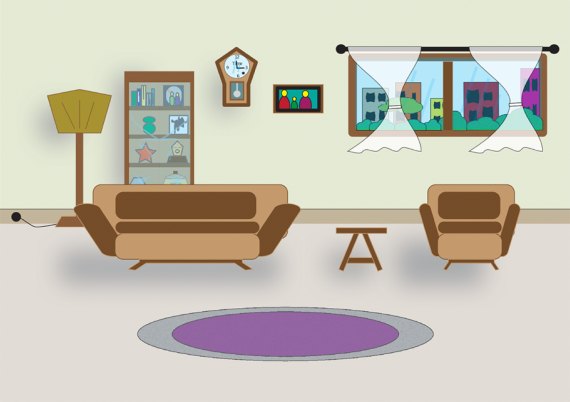
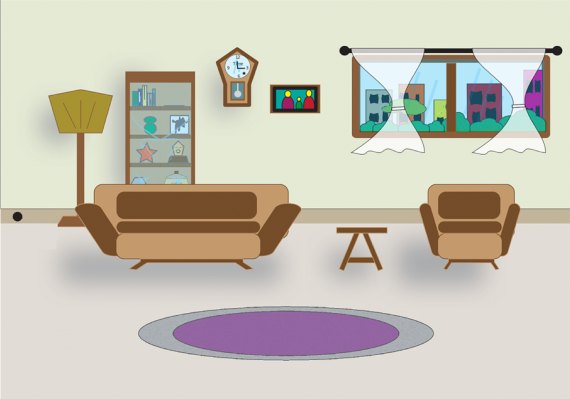
Source: Pixabay
A proactive model versus a receptive model
Beyond the underlying mechanism that triggers this alert, the relevance of this study is that it supports the so-called Theory of Predictive Coding, which aims to explain how we perceive the world. The classical view is based on a receptive model, according to which the brain processes and analyses the external signals sent to it by the senses, and from these it generates perception. In contrast, predictive coding proposes a proactive model in which the brain generates an expectation from previous experience, which it compares —at a lower level of brain activity processing— with the image provided by the senses. If there is no difference, or the changes are small enough to be considered “background noise,” the centres responsible for higher brain activities and processes are not informed. In a manner of speaking, the brain is content with glancing at the fine print rather than reading it.
This is easy to understand if we go back to a common situation: imagine that, like every day, you head down to the car park to get into your car. Only when your key doesn’t work does a mental alarm go off and it is then that you pay attention to detail and realise that this is not your car, but a similar one that is parked where you (almost) always park yours.
Brainteaser: license plates
Among these car licence plates there are three that are not quite right. To identify them, you will have to pay attention to detail.
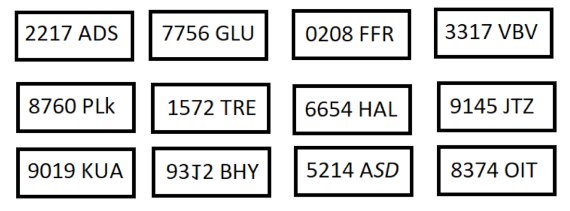
This is, therefore, a mechanism for optimising performance and brain capacity. To use the simile of a company’s organisation chart, the decision is made by the middle management, who filter the incoming issues so that the upper echelons only have to focus on the most important matters.
But at the same time, this mechanism condemns us to detecting only the “big” mistakes or changes and overlooking the smaller ones. This means that most of the time we don’t perceive the real world as it is, but as we expect to find it.
Brainteaser: Preconceived image vs. real image
Most of the time, reality (left) is not exactly the same as our perception of it. We miss small details.

Source: Wikimedia
Brainteaser:
Anricocdg to a rcrsaeeh sdtuy ueekrdnatn at the Ureviitnsy of Crigdbmae, it d’nseot mtaetr in wchih oerdr the ltreets of a wrod are pceald. The olny inartopmt tinhg is taht the fsirt and lsat ltertes are in the ccerort sopt. The rset can be a toatl mses and you can slitl raed tehm wouhtit pmelorbs. Tihs is busacee the haumn mnid dns’oet raed the lrttees tvmeeehlss, but the wrod as a wlhoe.
Clearly, the above is an exrteme example and does not accurately relfect the reality of what predictive coding theory porposes: we dispense with attention to detail unless it is srtictly necessary in order to optimise the brain’s resoucres and performance.
With all this in mind, the preceding paragraph has slipped in five words with the letter order altered. Did you spot them all?
Disorders, illusions and puzzles
But the implications of predictive coding theory would go much further. For example, they could lie at the origin of disorders such as autism, explaining it as the inability to ignore or filter out even the smallest changes and thus the brain’s need to process everything in detail.
From a more playful point of view, predictive coding would also explain some well-known and popular optical illusions such as upside-down faces:
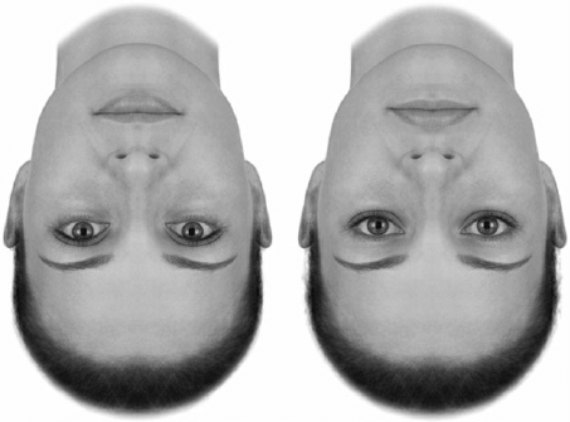
Credit: Lisa M DeBruine
And it would also explain why we are so bad at “Spot the Difference” games. Our brains are used to or moulded to process information in this way, to limit themselves to a general or panoramic view and not to pay attention to detail as long as they do not feel compelled to do so.
Brainteaser: Invest in spotting the differences
As a final challenge, the most difficult one yet, a brainteaser that combines visual illusion with the game of spot the differences. How much time will you invest in locating the seven differences between the two drawings?


Solutions:
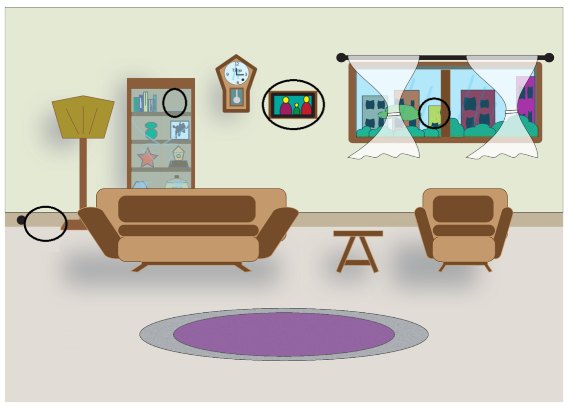
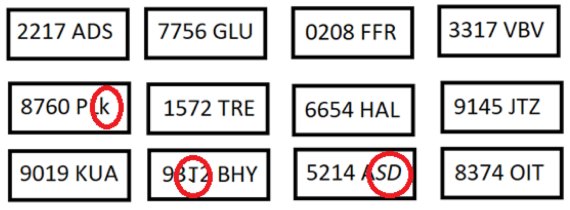

Comments on this publication